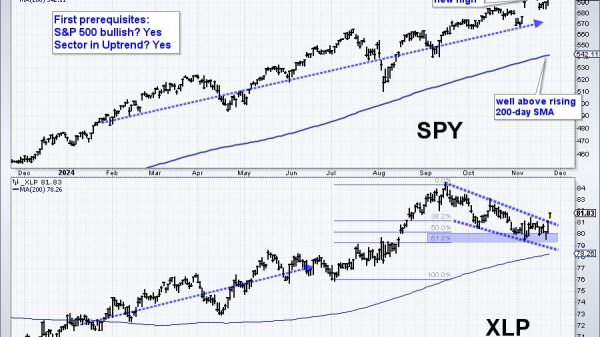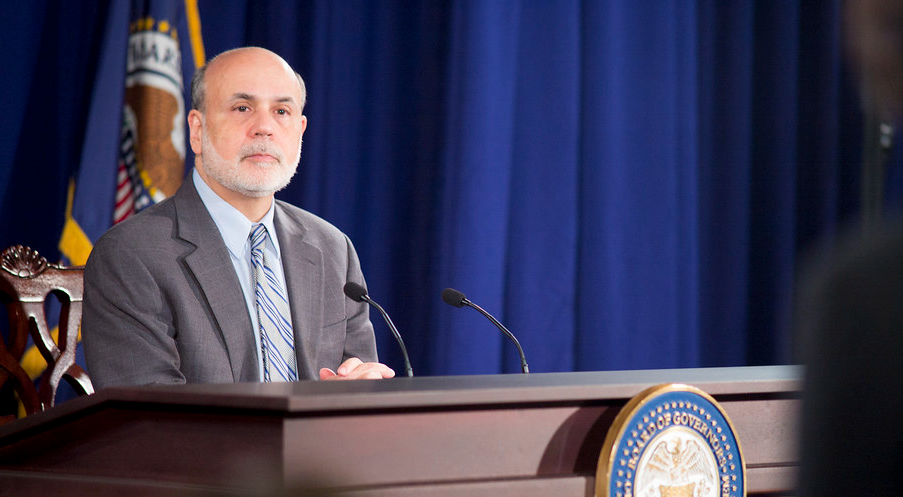How should Congress assess the Federal Reserve’s track record as an investor in residential mortgage-backed securities (MBS)? Regardless of Fed spin, it merits a failing grade.
The Fed’s COVID-era intervention in the mortgage markets fueled the second real estate bubble of the 21st century. The bubble ended when the Fed stopped purchasing MBS and raised rates to fight inflation. While time will tell whether recent increases in home prices are reversed, the end of the bubble has already cost the Fed over $400 billion in losses on its MBS investments.
From 1913 until 2008, the Fed owned precisely zero mortgage-backed securities. While the Fed’s monetary policy decisions still impacted conditions in the housing and mortgage markets, they did so indirectly through the influence the Fed’s purchases and sales of Treasury securities had on market interest rates.
In a radical “temporary” policy response to the 2008 financial crisis, the Fed began intervening directly in the mortgage market. Through a series of MBS purchases, the Fed’s MBS portfolio ballooned from $0 to $1.77 trillion by August 2017. The Fed subsequently altered policy and slowly reduced its MBS holdings. By March 2020, it held about $1.4 trillion in MBS.
When the COVID crisis hit in March 2020, the Fed decided to reinstate its 2008 financial crisis rescue plan. It resumed purchasing MBS as well as Treasury notes and bonds. By the time it stopped its purchases in the spring of 2022, it owned $2.7 trillion in MBS. The Fed had become the largest investor in MBS in the world. By spring 2022, it owned nearly 22 percent of all 1-to-4 family residential mortgages in the U.S. By Sept. 30, the date of the last available quarterly Fed consolidated financial statement, the Fed had lost $438 billion on its MBS investments. These losses will increase if the fight to subdue inflation requires still higher interest rates.
Because most buyers borrow 80 percent or more of the purchase price of a home, house prices are sensitive to the level of mortgage interest rates. Low mortgage rates increase the pool of potential buyers, stimulating housing demand. If the interest rate stimulus is overdone, excess demand will push up home prices. High mortgage interest rates have the opposite effect. They dampen demand, dissipate upward pressure on home prices, and in some cases, lead to home price declines.
As one might predict, the Fed’s massive MBS purchases coincided with large reductions in mortgage interest rates. During the Fed’s COVID MBS purchase campaign, the national average 30-year mortgage interest rate fell to a low of 2.65 percent in January of 2021. Today, with the Fed’s campaign of higher interest rates to battle inflation, 30-year mortgage interest rates are hovering around 7 percent. This change in the mortgage interest rate alone would cause monthly principal and interest payments on a same-sized mortgage loan to increase by 65 percent.
Predictably, the decline in mortgage interest rates stimulated housing demand and pushed up home prices. Government statistics report that, from January 2018 to this January, the median new home price in the United States rose from $331,800 to $467,700—an increase of 41 percent. Interestingly, from January 2018 through March 2020, before the Fed renewed its MBS purchases, the median price of a new house actually declined to $322,600. From April onwards, the national median house price rose steadily, reaching a peak of $468,700 by the end of June 2022.
In 2018, purchasing a new median-price home with 20 percent down and the then prevailing average 30-year mortgage rate of 3.95 percent required $1,259 in monthly principal and interest payments. In January, purchasing the $467,700 median-priced new home with 20 percent down required monthly payments of $2,360 given the 6.48 percent rate on a 30-year mortgage. In only 5 years, because of house price inflation and higher mortgage interest rates, the monthly principal and interest payment needed to purchase a median-priced new house increased by 87 percent!
The Fed’s foray into the MBS market will have a long-lasting impact on real estate markets. Not only has demand for homes been softened by home price inflation and 7 percent mortgage rates, but current homeowners with favorable mortgage interest rates are reluctant to sell, reducing the inventory of homes available for sale in a market that is already starved for listings. This unfavorable balance is clearly reflected in the National Association of Realtors housing affordability index which has fallen from a cyclic high of 180 in July 2021, to recent readings below 100, indicating affordability challenges not seen since the double-digit mortgage interest rates of the 1980s.
The end of Fed MBS purchases and the increase in Fed policy rates have put an end to the COVID housing bubble. While home prices are showing declines in some areas, prices in other areas remain elevated due to historically low inventories of homes for sale and strong job markets.
Any realistic review of the impact of the Federal Reserve’s experiment investing in MBS would conclude that the Fed should stop buying mortgages. Its decision to invest trillions of dollars in MBS has helped to push the cost of home ownership beyond the reach of many. Others will find themselves locked into homes they cannot afford to sell because of the artificially low rates on their current mortgages.
From either perspective, the Fed’s MBS experiment has whipsawed housing markets and cost the Fed over $400 billion in MBS losses. It’s hard to see how this experiment merits anything but a failing grade.
[First published in The Hill with Paul H. Kupiec.]
























